Assalamu Alaikum/Hello
Friends of my blurt space Community
I'm @sawfin001 from Bangladesh
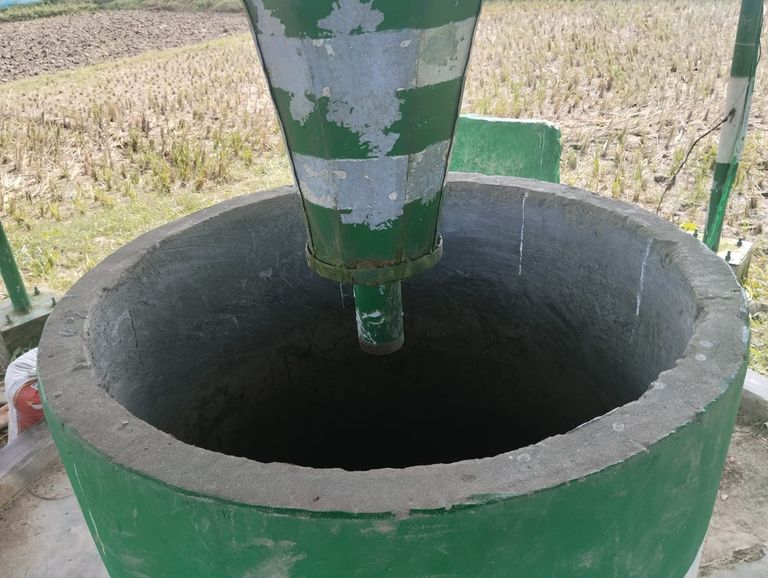
Agriculture, the backbone of many economies around the world, is not just an occupation; it is a way of life. The agricultural fields, with their sprawling expanses of greenery, neatly arranged crops, and hardworking farmers, offer a serene and captivating subject for photography. Over time, photographers have found immense beauty in the simplicity of these rural landscapes, using their lenses to tell stories that go beyond mere pictures of crops and livestock. This piece will delve into the intricacies of photography in agricultural fields, exploring techniques, the best times to shoot, and the significance of this genre in preserving and celebrating rural culture.
- The Importance of Agricultural Photography
Agricultural photography serves as a powerful tool for documenting the life and processes involved in farming. In many ways, it bridges the gap between urban and rural areas, offering insights into a world that many people never get to experience firsthand. Whether it's capturing the golden glow of ripe wheat fields swaying in the breeze or the intricate process of planting rice paddies, this type of photography is essential in showcasing the hard work, dedication, and beauty of farm life.
Furthermore, agricultural photography is vital for educational purposes. It helps in raising awareness about food production, environmental sustainability, and the challenges faced by farmers, such as climate change, droughts, or floods. For social causes and environmental campaigns, these photos often serve as powerful visuals that communicate the plight of farmers and the need for support.
- Techniques and Equipment for Agricultural Field Photography
Photographing in agricultural fields requires a combination of technical knowledge and an understanding of the subject. The following are key techniques and equipment considerations:
a) Camera and Lenses
A DSLR or mirrorless camera with manual settings provides the control needed to adapt to changing light conditions and the dynamic nature of agricultural scenes. Depending on the subject, a range of lenses can be used:
Wide-angle lenses are ideal for capturing the vastness of the fields and the landscape, allowing for dramatic compositions that include the horizon and large portions of the field.
Macro lenses help capture intricate details like dew on a leaf, a close-up of a flower, or the texture of a piece of farm equipment.
Telephoto lenses are useful for capturing distant subjects without disturbing the natural activity in the fields, such as livestock grazing or farmers working in the distance.
b) Lighting and Time of Day
Lighting plays a critical role in any type of photography, but it’s especially important in agricultural fields where the landscape changes dramatically throughout the day. The best times for agricultural field photography are during the "golden hours" – shortly after sunrise and just before sunset. During these times, the sunlight is softer, creating a warm, golden hue that adds depth and richness to the scene.
Shooting at midday, when the sun is at its highest, can be challenging due to harsh shadows and overexposed areas. However, this can be mitigated by positioning the camera to take advantage of natural elements, such as trees or farm equipment, that provide shade or interesting shadows.
c) Composition and Framing
In agricultural photography, the rule of thirds can help create balanced and visually appealing images. Placing key elements, such as a tractor or a farmer, along the lines or intersections of the rule of thirds grid can help draw the viewer’s eye to the subject while maintaining the grandeur of the surrounding fields.
Foreground elements like crops or flowers can be used to add depth to a photo, while leading lines, such as irrigation canals, fence lines, or rows of crops, guide the viewer through the image. Symmetry is often found in rows of crops, providing opportunities for striking compositions that emphasize the orderly nature of farming.
- Best Times for Agricultural Photography
The changing seasons and varying weather conditions greatly influence the visual appeal of agricultural fields. Different times of the day and year provide distinct opportunities for photographers:
a) Morning Photography
Early mornings offer a unique opportunity to capture the fresh start of a day on the farm. The morning light is soft and diffused, creating a tranquil atmosphere. Photographers can capture the mist rising over fields, dew clinging to plants, and farmers starting their daily tasks. Morning photos often evoke a sense of calm and renewal, highlighting the peaceful beauty of rural life.
b) Golden Hour and Sunset
The golden hour, occurring shortly after sunrise or just before sunset, is a magical time for photography in agricultural fields. The warm, soft light bathes everything in a golden glow, enhancing the colors of the crops and the sky. This time of day is ideal for capturing silhouettes of trees, farm equipment, or workers against a colorful sky.
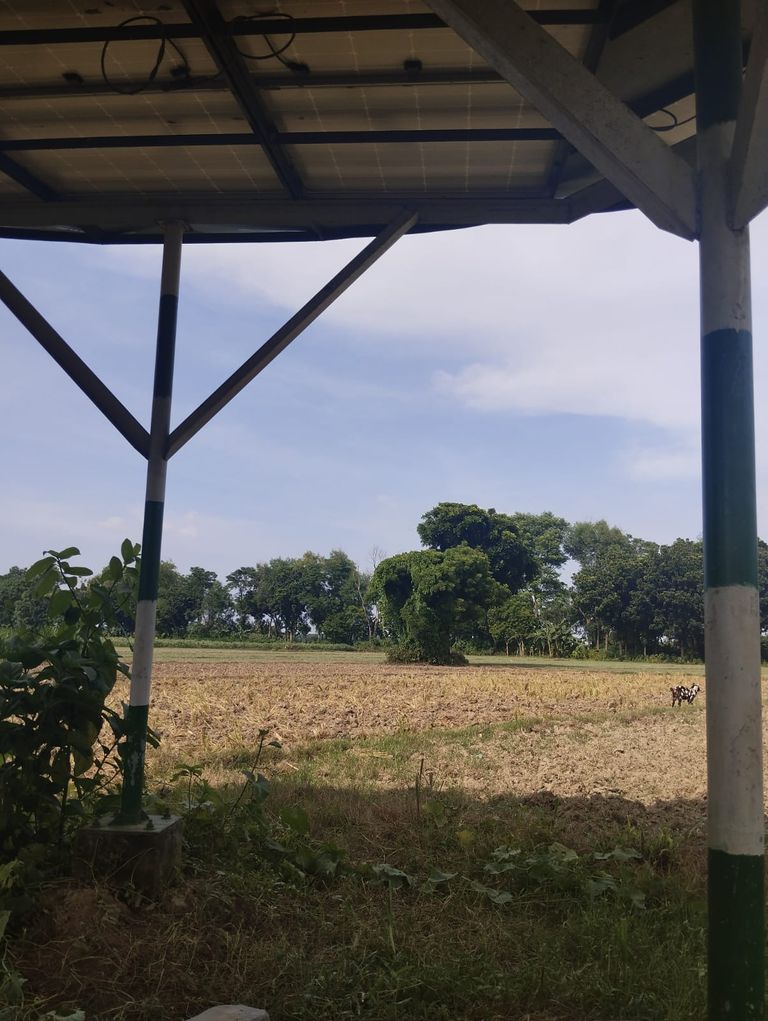
Sunset, in particular, offers a dramatic backdrop for fields. The play of shadows across the land, combined with the changing colors of the sky, creates dynamic compositions that convey both the beauty and the hardworking nature of farm life.
c) Harvest Season
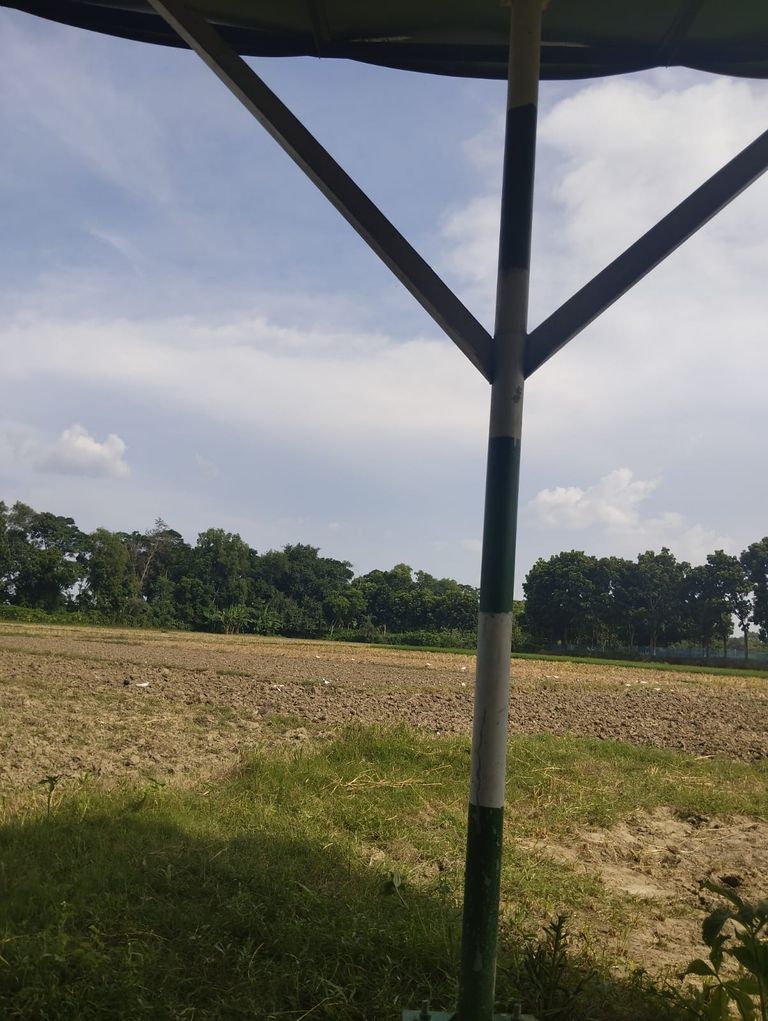
Harvest season is one of the most visually appealing times to photograph in agricultural fields. Crops are at their fullest, and there is a palpable sense of activity and accomplishment in the air. Whether it’s wheat being harvested by combines, workers collecting fruits and vegetables, or the tall stalks of corn ready for gathering, harvest time offers endless opportunities to capture the essence of agriculture.
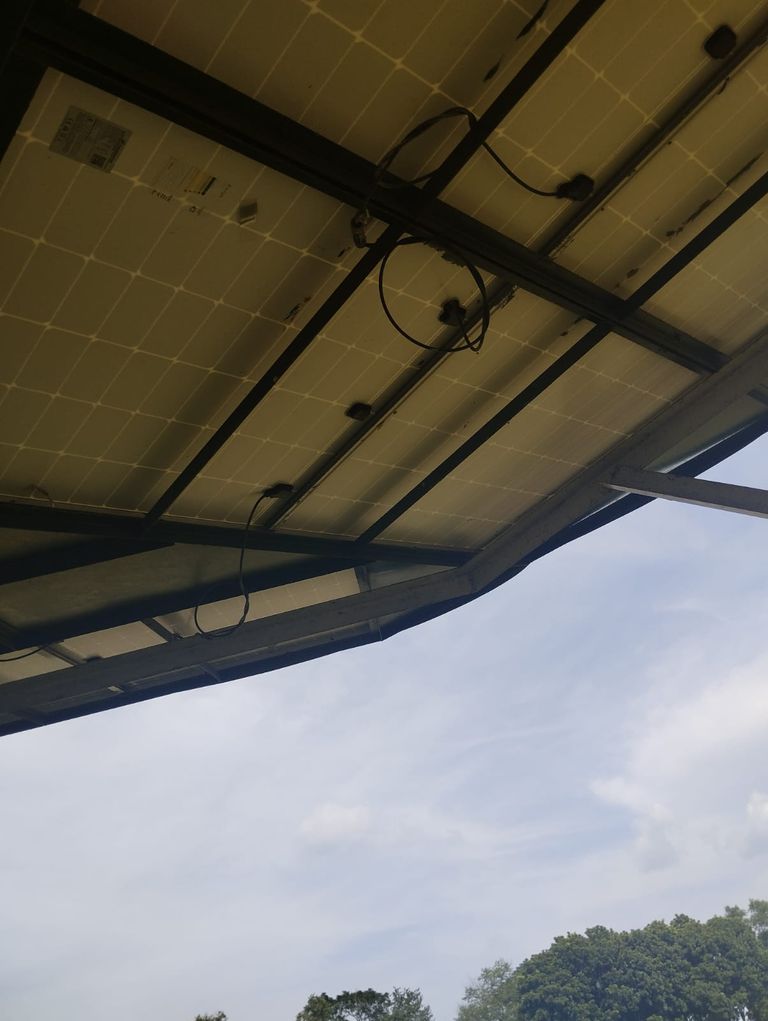
The textures of ripe crops, the vibrant colors of produce, and the bustling activity in the fields create compelling narratives. Additionally, capturing the interaction between farmers and the land – their connection to the earth and the fruits of their labor – adds a deeply human element to the photos.
- Challenges in Agricultural Photography
While photographing agricultural fields can be immensely rewarding, it is not without its challenges:
a) Weather Conditions

Farming is closely tied to the weather, and so is agricultural photography. Rain, fog, dust, or extreme heat can make photography difficult. However, these conditions also offer unique opportunities to capture atmospheric shots. For example, rain-soaked fields glistening under cloudy skies or farmers working through the mist can add drama and depth to a photo.
b) Access and Permission
Many agricultural fields are private property, so gaining access can sometimes be a hurdle. Photographers need to be mindful of this and seek permission from landowners before entering the fields. Establishing a good relationship with local farmers can lead to ongoing opportunities to document their work and life on the farm.
c) Changing Light
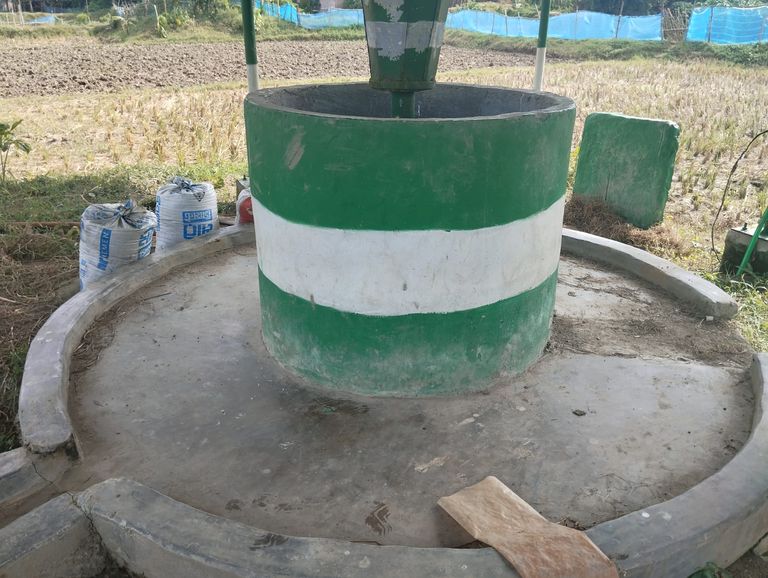
Agricultural fields often lack structures to block or control natural light, meaning photographers need to be adaptable. The light changes quickly in open spaces, especially during the golden hours. Therefore, photographers must be prepared to adjust their settings rapidly or move quickly to capture the perfect shot.
- The Role of Agricultural Photography in Social and Environmental Movements
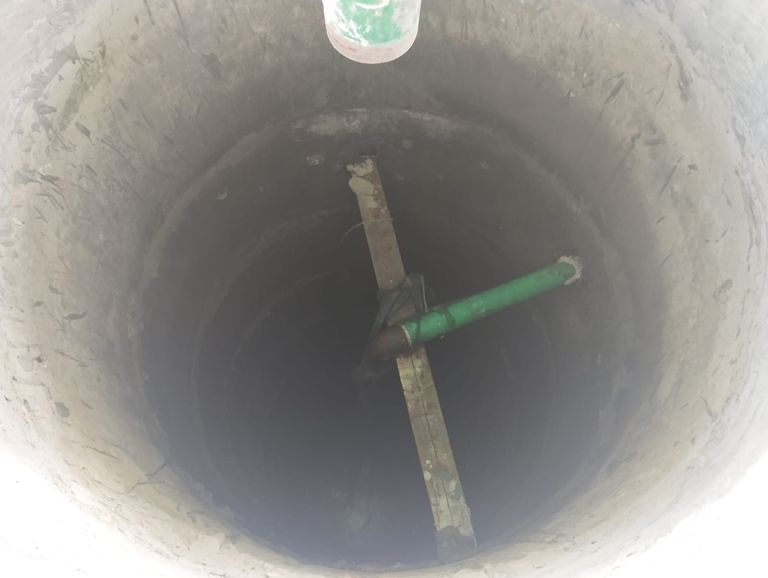
Agricultural photography is not just about aesthetics; it plays a crucial role in social and environmental awareness. Photographs from agricultural fields can be used to highlight issues such as climate change, soil degradation, and water scarcity. Documenting the effects of drought, floods, or pest infestations on crops can shed light on the vulnerabilities faced by farmers and the ecosystems they depend on.
Moreover, agricultural photography has the power to humanize global issues like food security and labor rights. By capturing the faces of those who work the land and the challenges they encounter, photographers can help generate empathy and understanding, influencing public opinion and policy.
- Conclusion
@megadrive @saboin @angelica7 @nabeeel @zahidsun
Agricultural field photography is a blend of technical skill and artistic vision, requiring a deep understanding of both the land and the people who work it. Whether it's the quiet beauty of dawn in a misty field or the lively hustle of harvest time, the ever-changing nature of agriculture offers endless opportunities for photographers to capture the essence of rural life. Beyond mere documentation, agricultural photography serves as a tool for storytelling, raising awareness, and celebrating the vital role that farming plays in our world. Through their lenses, photographers help to preserve the rich heritage of agriculture, ensuring that its beauty and importance are recognized by future generations.
You have very nicely shared some field photography with us.
Thank you😍